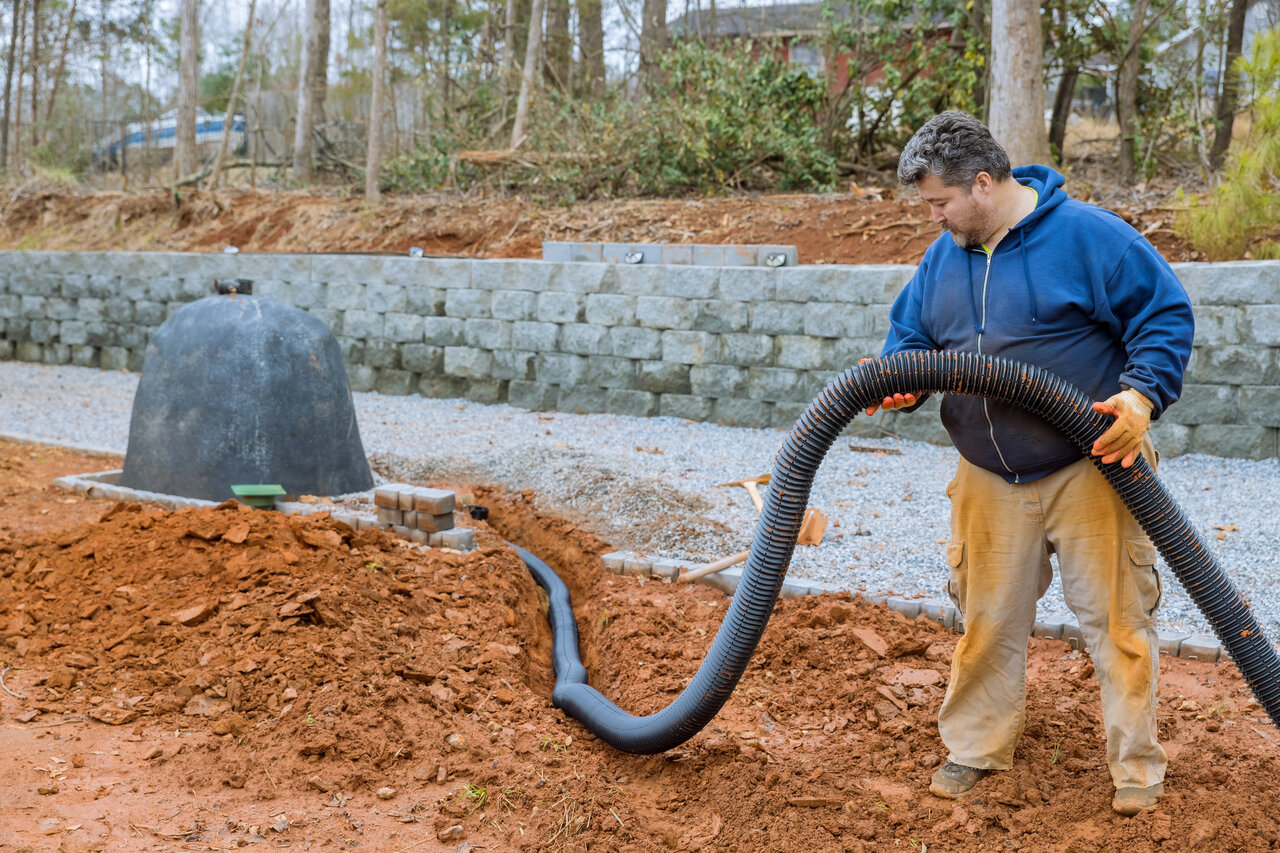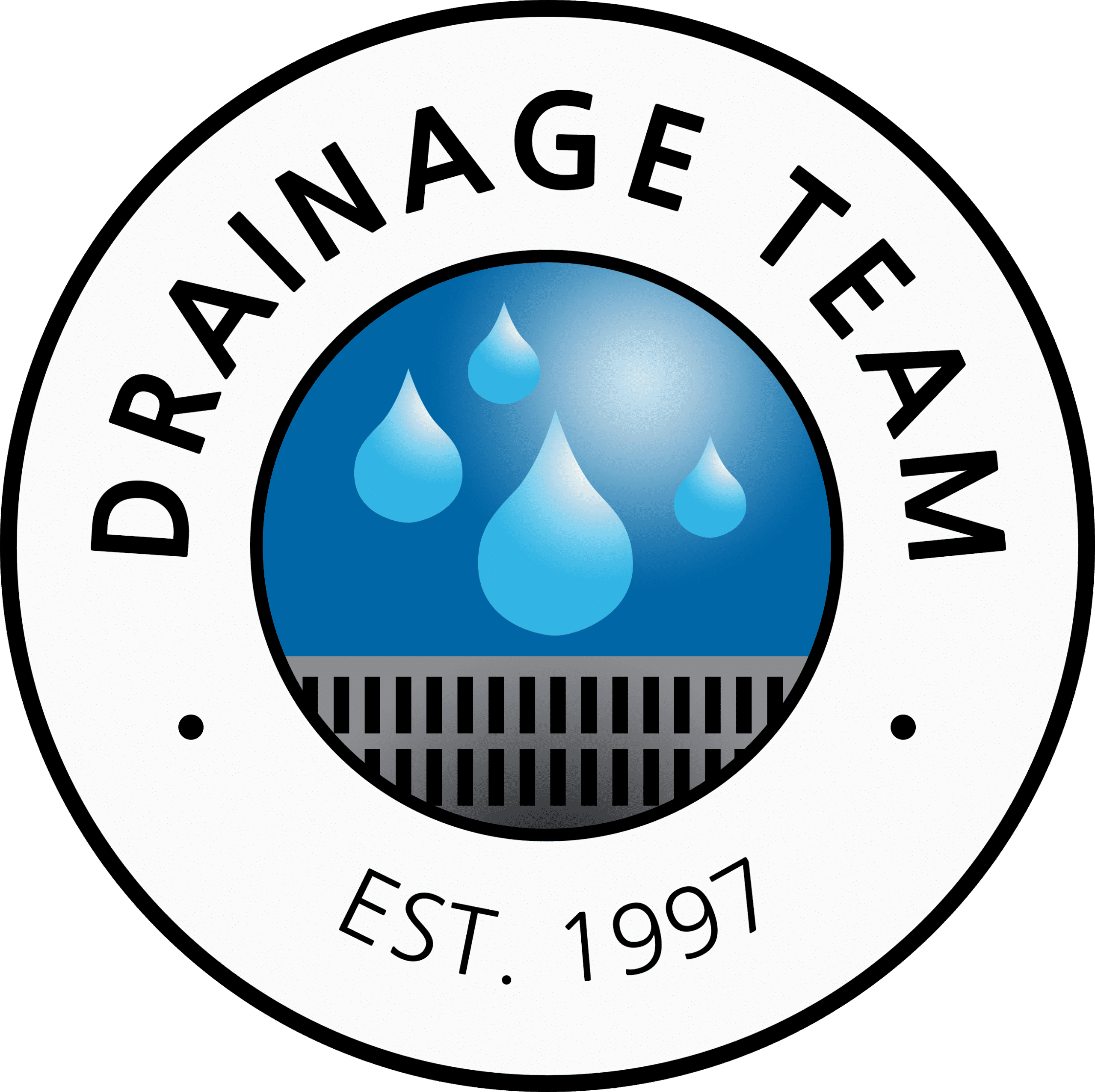Managing stormwater efficiently is crucial to maintaining the health and integrity of both your property and the environment. Innovative solutions are essential to addressing the issues caused by excessive runoff, soil erosion, and water pollution. Stormwater harvesting, a sustainable and effective approach to drainage and irrigation, provides numerous benefits for property owners. This system captures, stores, and treats stormwater for various uses, such as irrigation and non-drinking water supply, simultaneously addressing drainage concerns and conserving valuable water resources.
As more property owners seek environmentally friendly and efficient ways to manage stormwater, harvesting presents an excellent opportunity to transform a problem into an advantage. Not only does stormwater harvesting contribute to good environmental stewardship, but it can also help reduce utility bills by offsetting the need for potable water in various applications. For residential, commercial, and governmental properties, implementing a stormwater harvesting system can be a sustainable and economical choice.
In this article, we will explore stormwater harvesting, providing you with valuable knowledge about its benefits, components, and applications. By understanding how the system works and its potential advantages, you can evaluate whether stormwater harvesting is a suitable option for your property. Empower yourself with the knowledge to manage your property’s stormwater better and discover how this sustainable drainage and irrigation solution can enhance your landscape, save you money, and contribute to preserving our precious water resources.
Benefits of Implementing Stormwater Harvesting Systems
Stormwater harvesting offers numerous advantages for residential, commercial, and governmental properties, making it an ideal solution for many property owners. Some of the key benefits include:
- Reduced potable water consumption: By utilizing harvested stormwater for irrigation, toilet flushing, and other non-drinking applications, property owners can significantly reduce their reliance on potable water sources, leading to cost savings and a reduced environmental impact.
- Improved drainage: Stormwater harvesting systems can help reduce the volume of stormwater entering sewers and drainage systems, minimizing the potential for flooding and overburdening existing infrastructure.
- Erosion control: By capturing and controlling stormwater runoff, harvesting systems can help prevent soil erosion, protect property foundations, and maintain the stability of landscape features.
- Environmental conservation: Stormwater harvesting contributes to the conservation and protection of water resources, helping maintain ecosystems and replenishing groundwater sources for future use.
Key Components of Stormwater Harvesting Systems
To effectively capture, store, and utilize harvested stormwater, a well-designed system is necessary. The main components of a typical stormwater harvesting system include:
- Catchment area: This is the primary surface from which stormwater is collected, typically consisting of rooftops and other hard surfaces such as driveways, parking lots, or patios.
- Collection and conveyance system: This part of the system utilizes gutters, downspouts, and drainage pipes to collect and transport the stormwater from the catchment area to the storage facility.
- Storage facility: Tanks, cisterns, or ponds are used to hold the harvested stormwater until it’s needed for various uses. Storage facilities should be properly sized to accommodate the expected stormwater volume and property needs.
- Treatment components: Depending on the intended use of the harvested water, further treatment may be necessary to ensure its quality and safety. Treatment components may include filters, ultraviolet (UV) sterilizers, or settling basins to remove sediment and contaminants.
- Distribution system: A system of pumps, pipes, and valves is used to distribute the harvested stormwater to designated areas for irrigation, toilet flushing, or other non-potable water requirements.
Applications for Stormwater Harvesting Systems
Harvested stormwater can be utilized for numerous applications, including:
- Irrigation: Utilizing stormwater for landscape, garden, or agricultural irrigation is an environmentally-friendly and cost-effective way to maintain healthy and lush vegetation.
- Toilet flushing: By employing harvested water for toilet flushing, a significant reduction in potable water consumption can be achieved.
- Washing and cleaning: Harvested stormwater can be used for tasks such as car washing and cleaning exterior surfaces, further conserving potable water resources.
- Fire suppression: Large-scale stormwater harvesting systems may provide a supplementary water supply for areas that are fire-prone, offering an additional layer of protection.
- Groundwater recharge: In some cases, stormwater harvesting systems can be designed to replenish groundwater sources, helping to maintain underground aquifers and support ecosystems that rely on these resources.
Best Practices for Implementing and Maintaining Stormwater Harvesting Systems
Successful integration and maintenance of a stormwater harvesting system require planning, proper installation, and ongoing attention. Consider the following best practices:
- Conduct a thorough site analysis: A comprehensive site evaluation will help identify optimal areas for catchment, storage, treatment, and distribution components, while addressing potential challenges such as soil conditions, space limitations, or local regulations.
- Size your system appropriately: An adequately sized system is essential for maximum effectiveness. The size should be determined by factors such as catchment area, expected rainfall, and water usage needs.
- Implement an effective treatment plan: Depending on the intended use of harvested water, ensure the system includes the proper treatment components to guarantee water quality and safety.
- Test and monitor the water quality: Regular testing and monitoring can help identify any potential issues early on and ensure that the treatment plan is effective and meets the property’s needs.
- Schedule routine maintenance: Regular inspections, cleaning, and servicing of system components can greatly extend the lifespan and maintain the efficiency of the stormwater harvesting system.
Conclusion
Stormwater harvesting presents a sustainable and efficient approach to managing stormwater for drainage and irrigation purposes. Implementing this system can help protect your property, conserve precious water resources, and save you money. By understanding the components, applications, and best practices involved in stormwater harvesting, you can make an informed decision about whether this solution is right for your property.
Drainage Team specializes in providing innovative drainage, erosion control, stormwater basins, and waterproofing solutions for residential, commercial, and governmental properties. Our experts can help you design, install, and maintain a stormwater harvesting system tailored to your specific needs. Contact us today to discuss your stormwater management requirements and discover how we can help you achieve a sustainable and efficient solution.






